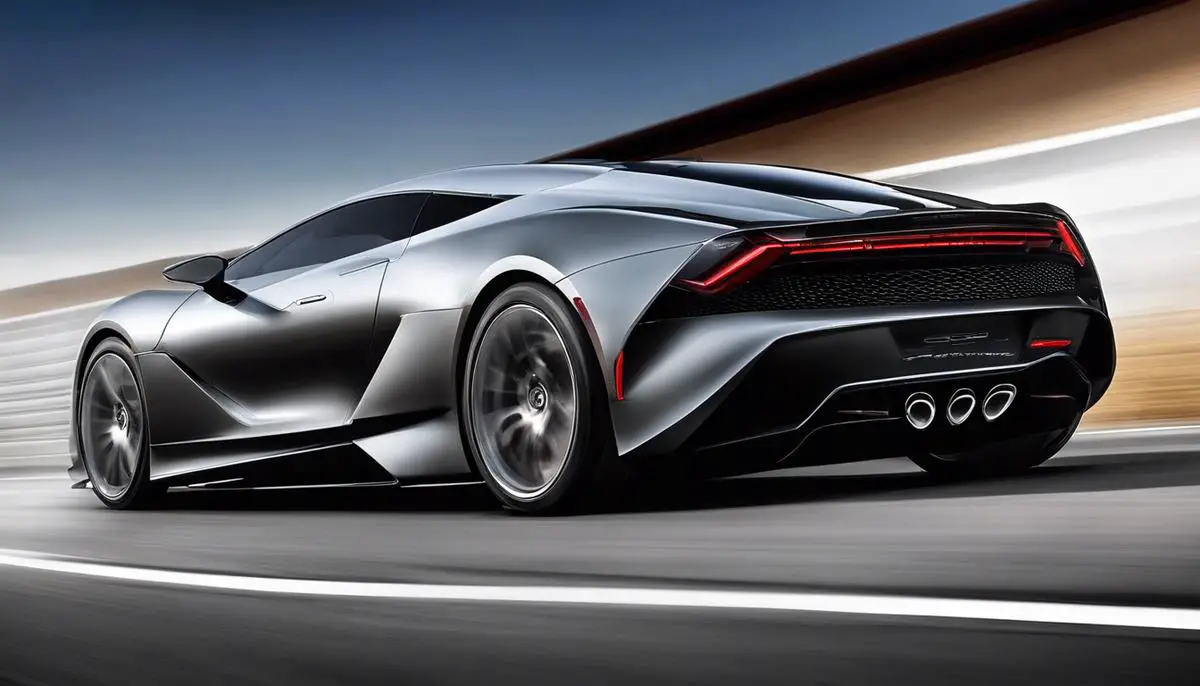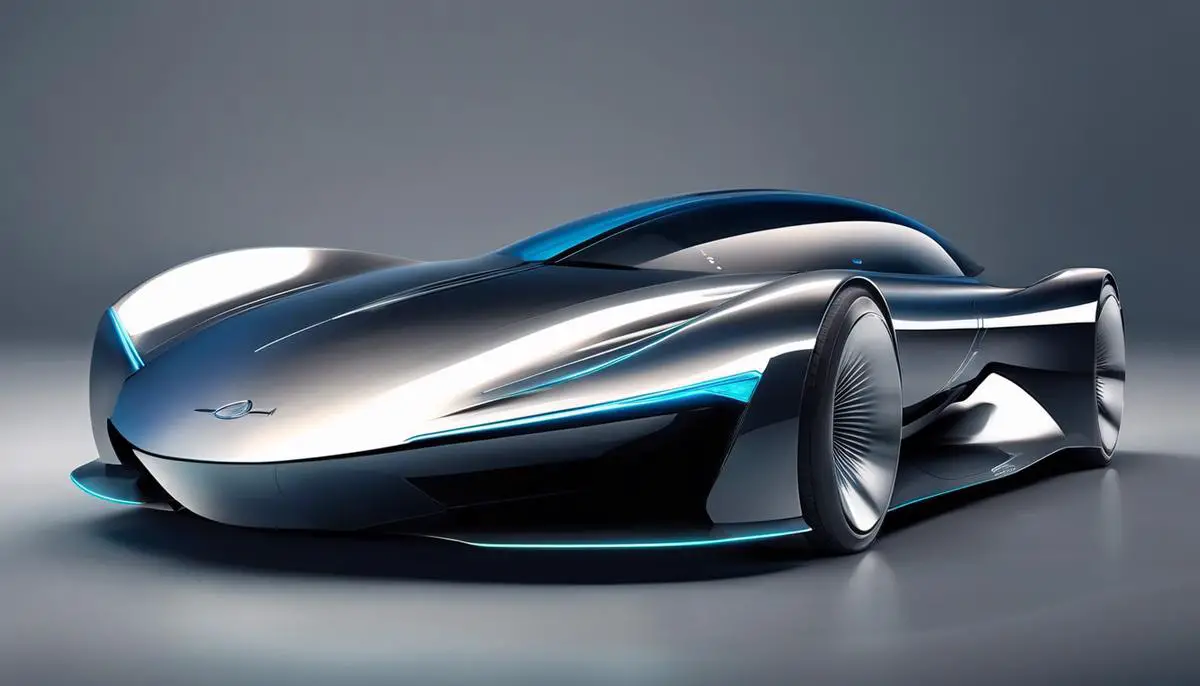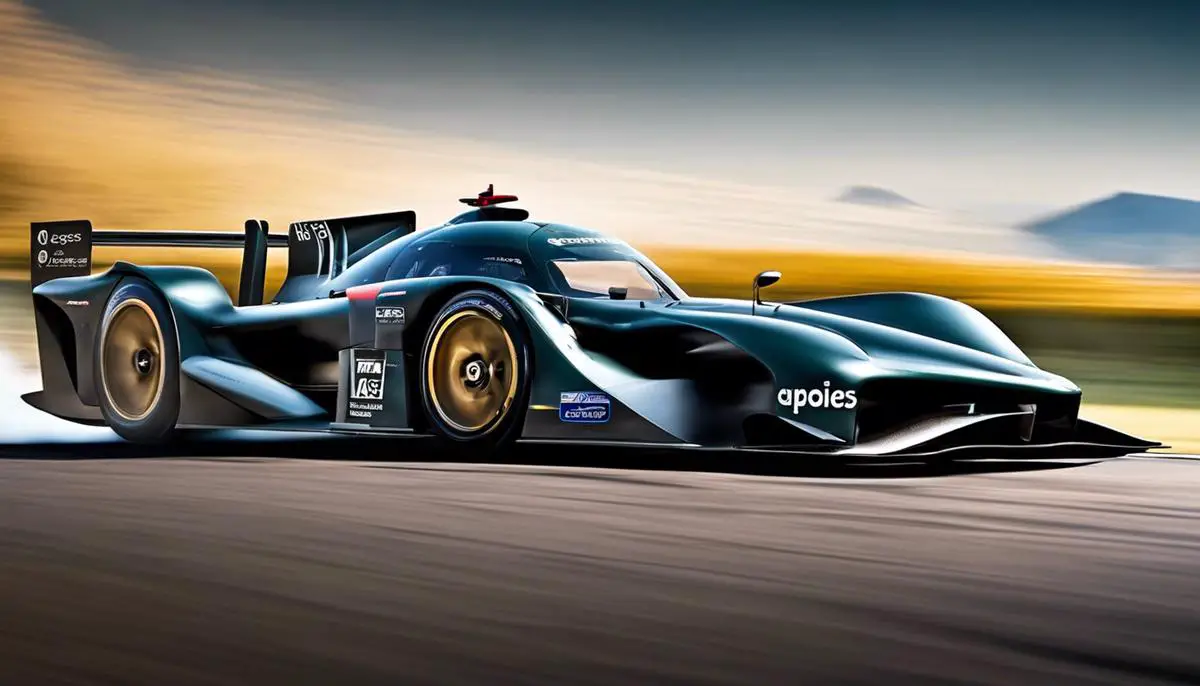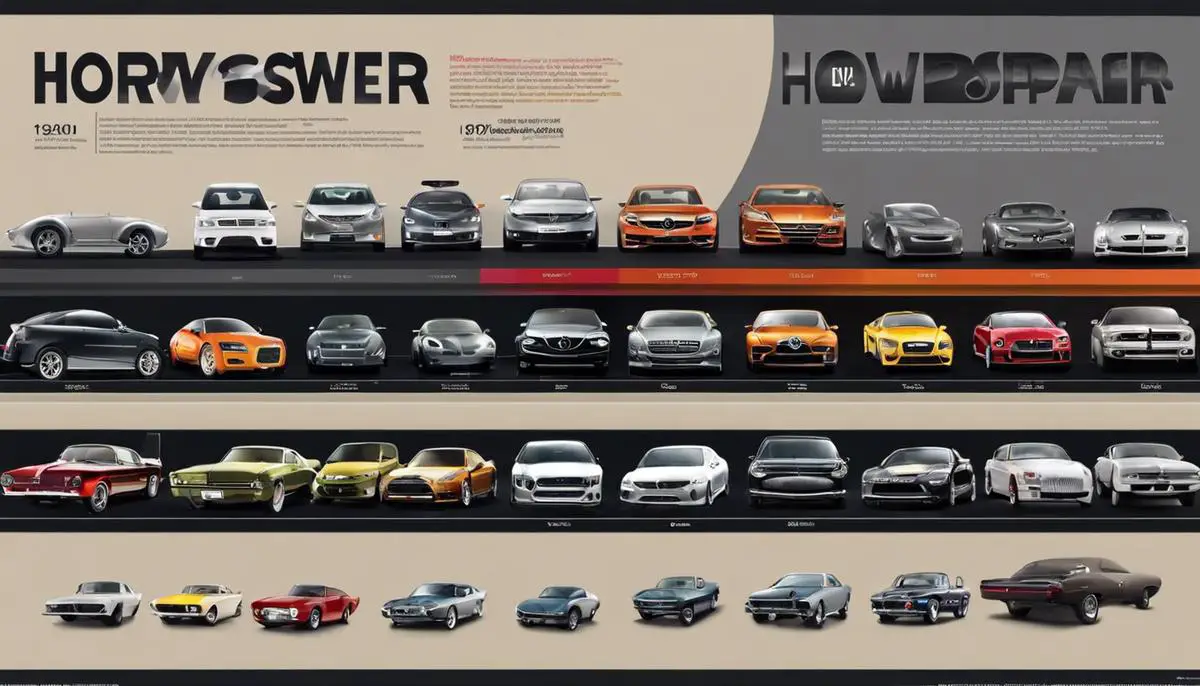When examining automobile specifications, many focus mainly on horsepower, torque, or fuel efficiency. However, the role of aerodynamics—a factor that significantly influences these very aspects—is often overlooked. From the smoothness of a ride to the car’s overall performance, aerodynamics plays a pivotal role. So how does this unseen yet potent force come into play? Why is it a critical component of car design? This discussion reveals the principles of aerodynamics, its integration into car design, and the emerging trends in aerodynamic engineering that are shaping the future of the automobile industry. Furthermore, it underscores the specific importance of aerodynamics in various types of vehicles—from sports cars to family sedans.
Contents
Understanding Aerodynamics
There’s something magical about aerodynamics, isn’t there? That invisible force shaping how our favorite things – cars, planes, you name it – cut through the wind. This article is for the vehicle hobbyists out there who have a curiosity bug about aerodynamics and how it influences their favorite set of wheels.
Decoding Aerodynamics
First things first, let’s decode the term ‘aerodynamics’. It refers to how air or wind interacts with a moving object. In the context of vehicles, it’s all about how they interact with the air that surrounds them while they zoom down the highway or race around a track.
Vehicles are designed in various shapes and sizes, each with a unique interaction with the wind. Aerodynamics greatly influences how they handle this natural force. It can effectively determine whether your vehicle feels like a feather floating on the wind or a heavy-duty truck battling against a fierce storm.
Streamlining for Performance
Now, how about that favorite sports car or that racing bike? These are streamlined to perfection. Streamlining is essentially shaping a vehicle in a manner that it reduces air resistance (drag) to a bare minimum. An aerodynamically efficient car cuts through the air smoothly, with minimal wind resistance. This means it uses less power, thus less fuel, to maintain high speed.
Picture trying to run while holding a flat board in front of you. You can feel the force of the wind pushing you back, right? Now imagine holding a spear in front of you as you run. A lot smoother, isn’t it? That’s pretty much what your car experiences with and without good aerodynamics.
It’s Not Just About Speed
Don’t get it twisted, though. Aerodynamics isn’t just about speed. It is absolutely about speed, but not just about speed. It also greatly influences a vehicle’s stability. A car with good aerodynamics will maintain its grip on the road even with winds whipping across from the side. It won’t be easily thrown off balance, providing a safer, more controlled ride.
Intricate Balancing Act
Here’s where it gets even more interesting. Aerodynamics is a grand balancing act. You can’t just minimize drag and call it a day. There’s also ‘downforce’ to think about, the force that keeps your vehicle grounded and prevents it from lifting off the road.
Jargons like spoilers, diffusers, or wings might spring up, but don’t freak out! They’re just parts added to the vehicle to help manage downforce. Spoilers at the back of a car or a bike, for instance, direct airflow upwards to create a downward force and enhance grip or traction.
So there you have it, a swift cruise through the realm of aerodynamics and how it influences vehicle performance. As hobbyists, knowing our beloved vehicles inside-out makes the journey even more exciting. Now, as you rev that engine or admire that sleek design, you’ll have a new appreciation for the invisible force guiding your ride. Ride on!

Aerodynamics and Car Design
Now, let’s dive deeper into how shape and design surrounding aerodynamics can impact the functionality and performance of a vehicle. The design of a vehicle is not merely about aesthetics; every notch and contour has a purpose, primarily contributing to the car’s aerodynamics.
Vehicle design and aerodynamics is an art that marries aesthetics and science. Picture it this way: ideally, a car should move through the air like a swift bird, with minimal resistance. Every aspect of its design works towards this objective.
An example of this fine-tuned design is the teardrop shape seen in many performance vehicles. The wide, rounded front, narrowing towards the back, decreases air resistance, known among enthusiasts as drag. When a vehicle moves, it pushes air out of its way. The teardrop shape minimizes this, allowing the car to glide more smoothly through the air.
A common misconception is that sports cars are flat to reduce air resistance. While that helps, the actual reason is a bit more sophisticated. Keeping the car’s underside flat helps create a low-pressure area under the vehicle as it moves. This vacuum-like effect produces downforce, other than that managed by spoilers and wings, enhancing the car’s stability and grip on the road.
One of the most iconic pieces of a car influenced by aerodynamics is the spoiler. This seemingly fancy add-on has a lot more behind its stylish persona. The tilted angle of the spoiler pushes down the back of the vehicle. This downforce, paired with the vehicle’s forward motion, enhances maneuverability at high speeds, providing optimal control to the driver.
Meanwhile, airflow underneath the vehicle can be manipulated using diffusers. Seen in the vehicle’s rear, diffusers are responsible for handling the high-speed air rushing beneath the car, smoothing its passage, and making sure it doesn’t affect stability or generate unwanted lift.
But it’s not always about going faster or enhancing speed. Aerodynamics play a significant role in boosting the vehicle’s fuel efficiency. A car with high air resistance requires more power to cut through the wind, using more fuel. More streamlined shapes cut through the air more effortlessly, saving on fuel consumption.
In simpler terms, the science of aerodynamics is about managing the push and pull of air on a moving vehicle. Perfecting this balance can make a difference between a vehicle merely traveling from A to B and one that does so efficiently, smoothly, and with a sense of mastery over the forces of nature. This knowledge and its application make every journey, swift or laid back, a celebration of science in motion.
Aerodynamics is the invisible maestro conducting the symphony that is a vehicle in motion. With each twist, turn, or straight line dash, the wind, shape, and design come together to play a beautiful orchestra. Understanding this can enlighten more than just the curious mind. It can offer a deeper appreciation for the artistry and science behind the machines that take us on our everyday adventures.

Innovations in Aerodynamic Engineering
Pushing the Boundaries: Current Trends and Innovations in Aerodynamic Engineering
As the exploration of aerodynamics expands, so does its fascinating role in redefining the engineering world. Recent developments and discoveries present a new era of advancements in this field, building upon the knowledge we have cultivated over the years.
A significant trend in aerodynamic engineering is the increased focus on minimizing air resistance to improve energy efficiency. This practice, known as ‘drag reduction’, is at the heart of many contemporary aerodynamic designs. It’s not just about going faster; we’re looking at how we can make vehicles more fuel-efficient and environmentally friendly.
One such pioneering innovation is the adoption of active aerodynamics. Unlike traditional designs, active aerodynamics uses flexible or movable parts to adapt to different situations. Examples include adjustable spoilers or wings that can change their angles depending on the speed of the vehicle. This provides an optimal balance between downforce and air resistance, ensuring greater vehicle stability and performance at various speeds.
Flow control is another developing frontier. This entails the use of micro-devices to manipulate airflow around a vehicle, improving efficiency and performance. Methods include injecting air into the boundary layer (the thin layer of air next to the vehicle’s skin), or creating small vortex generators to churn the air and decrease drag further.
Computational Fluid Dynamics (CFD) has also been making waves in the industry. CFD uses computer simulations to predict how air will flow around a vehicle, making it easier to optimize aerodynamic designs before going into expensive physical testing. This has significantly accelerated the design process, making aerodynamic engineering more cost-effective and accessible as a result.
Sustainable aerodynamics is a rising star in the world of practical eco-engineering. This involves designing vehicles to lessen ecological impact by reducing air resistance and thereby decreasing fuel consumption. Take the solar-powered car, for instance. They’re designed with optimal aerodynamically efficient shapes to maximize the use of solar energy while maintaining speed and performance.
Let’s not forget the role of nanotechnology in shaping the future of aerodynamics. Utilizing nanoparticles, aerodynamic surfaces can be modified to reduce air friction or repel water, thereby improving efficiency and speed.
The electric vehicle (EV) market, poised to revolutionize the automotive industry, is also influenced by aerodynamics. Being heavier than their petrol counterparts, EV’s require a streamlined design to compensate for the added weight, maintaining speed while reducing energy consumption.
As we delve deeper into the world of aerodynamics, and our understanding of it widens, we continue to break the boundaries of what is possible. Future innovations may even alter the way we perceive vehicle design, performance, and their effect on our environment. This field, like the vehicles it enhances, continues to speed forward, transforming our world one design at a time. Here’s to where the currents of aerodynamics take us next.

Importance of Aerodynamics for Different Types of Cars
Unraveling Aerodynamic Nuances in Sports Cars, SUVs, and Sedans
A well-designed car accomplishes more than just being aesthetically pleasing, it also converges on aerodynamics. This, however, is not universal for all vehicle types. Sports cars, SUVs, and sedans each call for vastly divergent aerodynamic considerations. Try to visualize this: each vehicle type is a unique character in a play, equipped with its own set of characteristics and specialties that make it stand out in its own spotlight. So, let’s delve into the aerodynamic peculiarities of these car genres.
A sports car, known for its velocity and maneuverability, relies heavily on the ground effects by exploiting the forces generated by high-speed air underneath it. Consider aerodynamic parts like the front splitter and rear diffuser. This dual contribution results in greater downforce, pushing your sweet ride towards the ground, enabling it to hug tight corners at astounding speed without losing control.
But do not be tricked into thinking it is all about a sports car. SUVs are a whole different league. Usually larger and taller, with more drag – we’re thinking kayak versus speedboat here – they have a distinct aerodynamic approach. An SUV’s boxy shape, which does not particularly scream aerodynamics, is designed for function more than speed. A focus for SUVs is preventing too much lift to maintain vehicle stability due to their higher center of gravity.
Switching now to the realm of sedans, another story unfolds. While some appear sporty, sedans generally fall between sports cars and SUVs, steady and reliable in their performance. Aerodynamic interventions here are a bit milder. A typical sedan utilizes streamlined bodies and subtle aerodynamic features such as rear spoilers or wings to maintain a balance between reducing drag and achieving acceptable downforce.
The fascinating journey through the hidden world of aerodynamics undeniably diverges with each vehicle type. Sports cars, with their emphasis on speed and cornering capabilities, exploit the power of aerodynamics to the fullest. SUVs instead display a pragmatic approach tailored to their size and structure, and then there are sedans, consistently reliable, painting a more refined picture of understated aerodynamics. So, the next time you marvel at one of these vehicles, appreciate not just their outer luster but the invisible secrets held within their shapes as well.

Understanding aerodynamics presents an enlightening perspective on how the invisible hand of airflow helps or hinders a car’s performance. From enhancing speed and stability to improving fuel efficiency and reducing interior noise, the principles of aerodynamics play a defining role in car design and functionality. Whether it’s the sleek, rounded bodies for low drag coefficient or car parts developed specifically for air management, aerodynamics proves to be the masterstroke in achieving an efficient and balanced vehicle. Looking ahead, the advances in aerodynamic engineering promise to continue pushing the limits of what’s possible, paving the way for more efficient and high-performance vehicles. Embracing this knowledge allows us to truly appreciate the diverse array of vehicles on our roads, each with their unique methods of harnessing the power of airflow.



